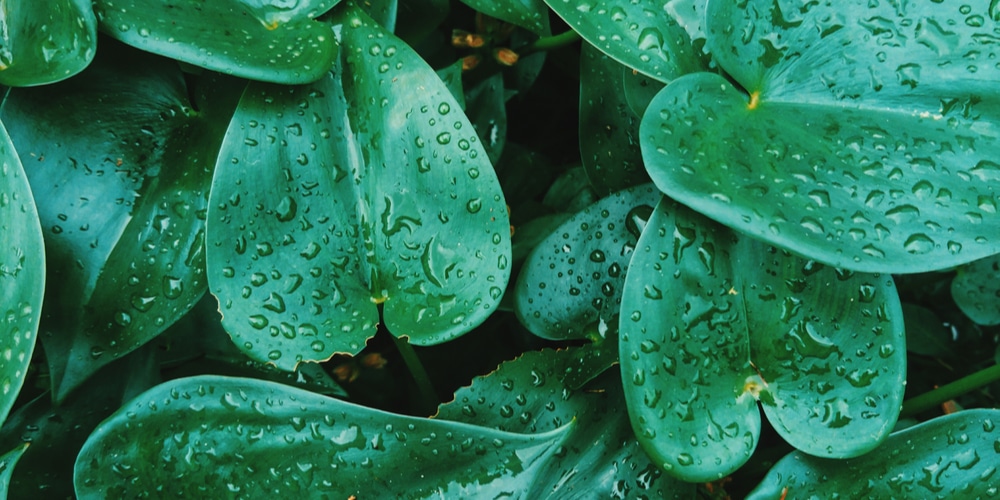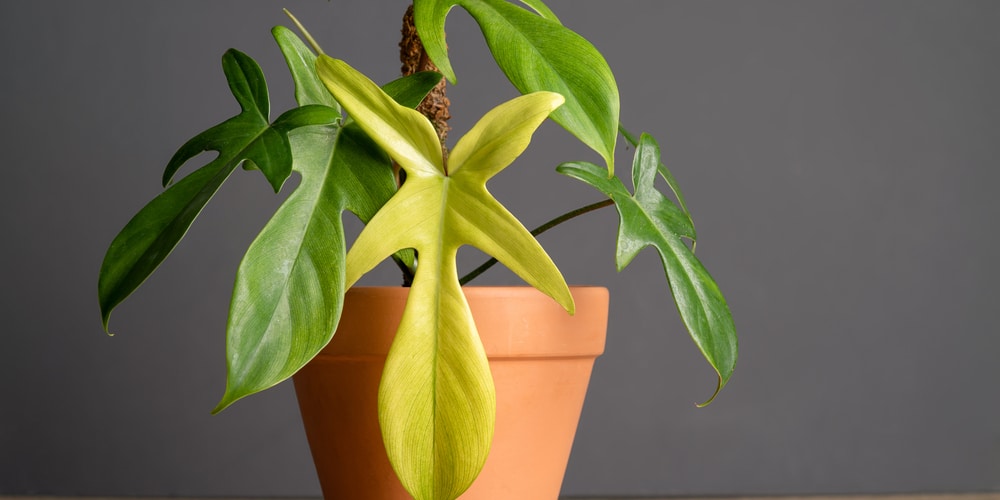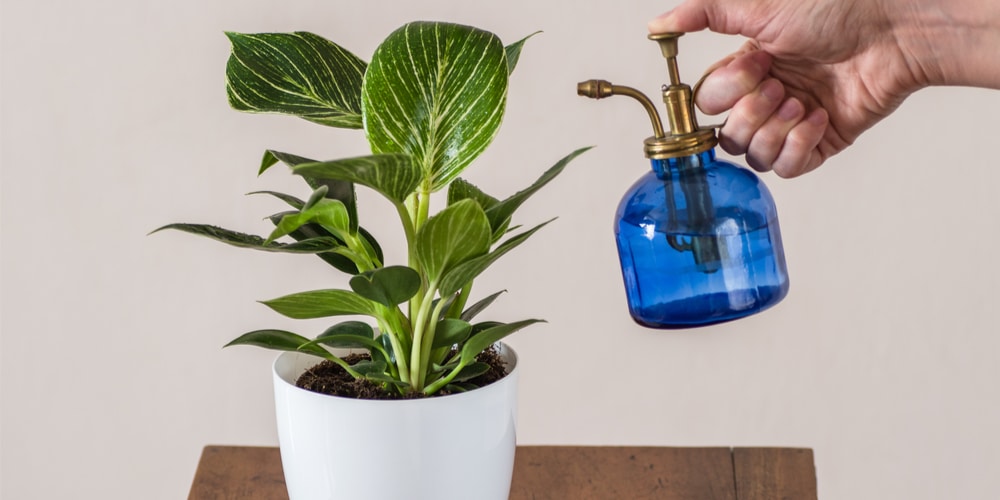As philodendrons are tropical plants that originate from South America and are commonly found in the Brazilian rainforest, they love humidity. It’s vital to get the humidity right when caring for a tropical plant. Philodendrons do well outdoors in hot, humid locations but can also thrive indoors.
Some species of philodendron can cope with lower humidity than others; you obviously won’t be able to provide rainforest humidity at home. There are several things you can do to increase humidity for your philodendron to help it thrive. Let’s look at how to provide adequate humidity levels for your tropical houseplants.
What is the recommended humidity for a Philodendron?

Most people keep their philodendron in humidity levels that are less than ideal. Philodendrons can suffer if the atmosphere is too dry, but many species can tolerate lower humidity levels. If you’re looking to grow a healthy, thriving philodendron, it’s best to improve humidity levels.
Philodendrons like humidity to be between 65 and 80 percent. They can cope with humidity that’s less than 55 percent.
Signs Your Philodendron Requires More Humidity

Low humidity can be a problem for tropical plants such as philodendrons. Most people’s homes have lower humidity than a philodendron needs. When the humidity is too low, your plant may suffer from brown leaf tips, or the leaves may start to turn yellow and dry out. In the worst cases, the foliage will feel crisp, and the plant could die.
If your philodendron looks ok and doesn’t have any symptoms, you can likely continue keeping your plant in the way you have been. You may also like to provide the plant with a light misting.
How to Increase a Philodendron’s Humidity

There are a few different ways to increase the humidity of your philodendron plant. You can group tropical plants together to increase moisture, invest in a humidifier, or even place your plant in the shower. Here are some tips to help increase humidity for your plant:
Mist your plant’s leafs
The best way to improve humidity is to mist your plants with a fine spray daily. This will stop the leaves from drying out and help your plant to thrive. It’s best to mist plants in the early morning so that excess water has a chance to evaporate during the day. Ensure you’re using a spray bottle that produces a fine mist so as not to soak your plant’s leaves. If the leaves are left wet for too long, they may start to rot.
Use a water tray
Another common way to increase a philodendron’s humidity is to use a water and pebble tray. Place a tray of pebbles underneath your plant and keep it topped up with water. As the water evaporates, it will provide moisture for your plant. Grouping tropical plants together and putting a water tray underneath them will further increase humidity.
Place plants in the bathroom
Keeping your tropical plants in the bathroom will dramatically increase humidity. When you have a shower, the steam will provide your plant with the humidity it needs to thrive.
Invest in a humidifier
Humidifiers can be expensive, but if you have many tropical plants that you want to thrive, it may be worth the investment. Humidifiers help add moisture to the atmosphere and thus increase humidity for plants.
Grow in a terrarium
Terrariums have a micro-climate which is beneficial to tropical plants. Small philodendrons can be grown in a terrarium to improve the humidity and increase temperature. Alternatively, you could grow tropical plants in a greenhouse.
Conclusion
As philodendrons are native to the Brazilian rainforests, they require medium to high humidity to grow. Obviously, you don’t want to make the air in your home too humid, as excess water can encourage mold to grow. Most philodendrons have adapted slightly and can grow in areas with less humidity. That being said, they will suffer if the air is too dry. Aim to create a humidity of at least 55 percent to help your philodendron thrive.
Increasing humidity is relatively easy; you can group tropical plants together, mist their leaves daily, or use a water and pebble tray. Alternatively, move your philodendron to the bathroom, where it will benefit from the steam of the shower, or invest in a humidifier.
Related: